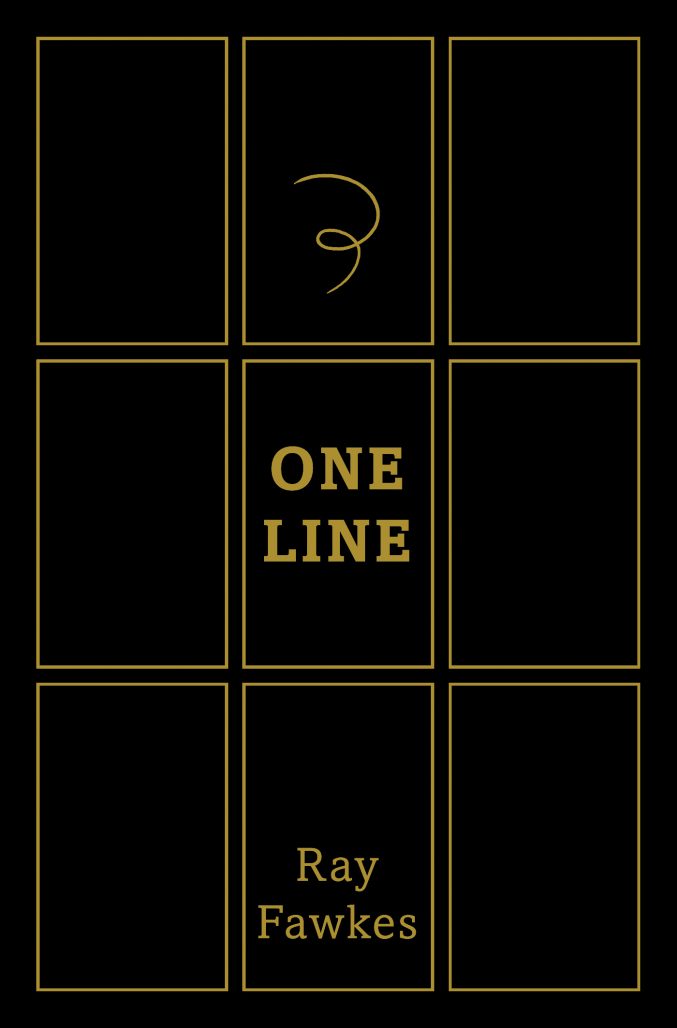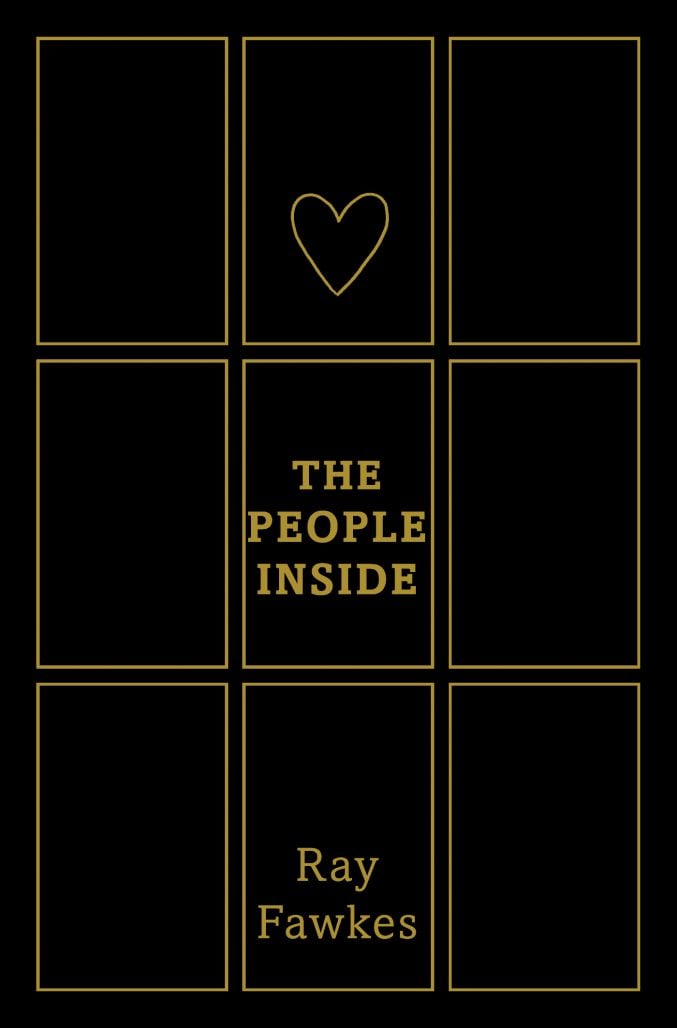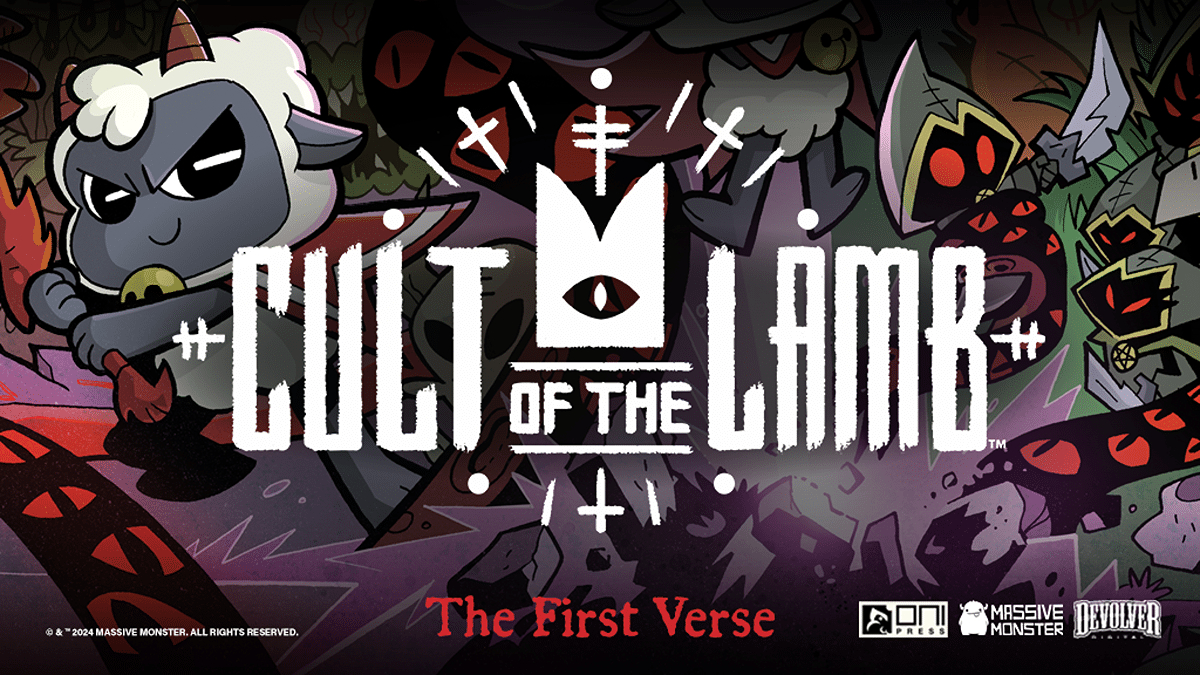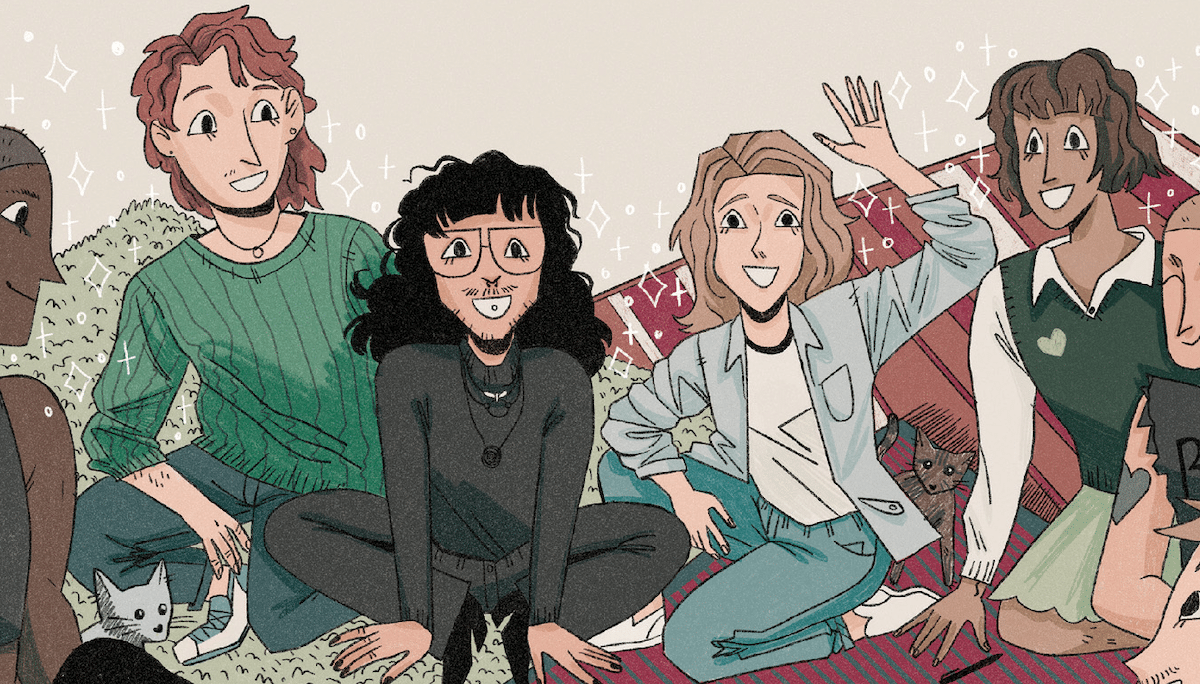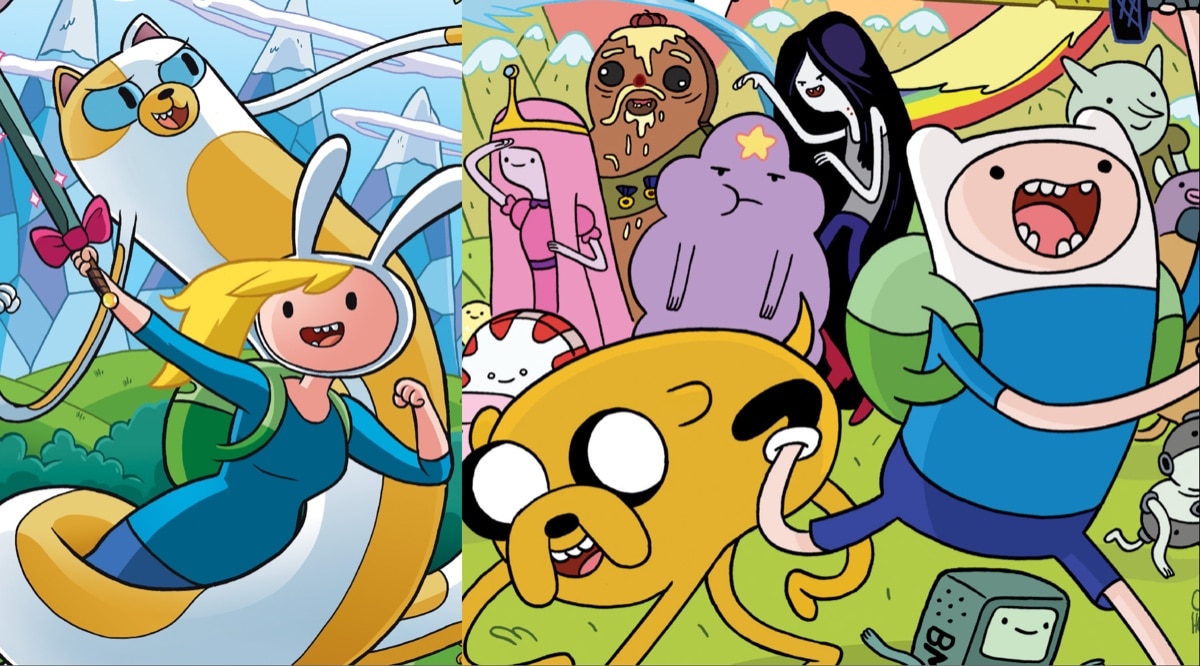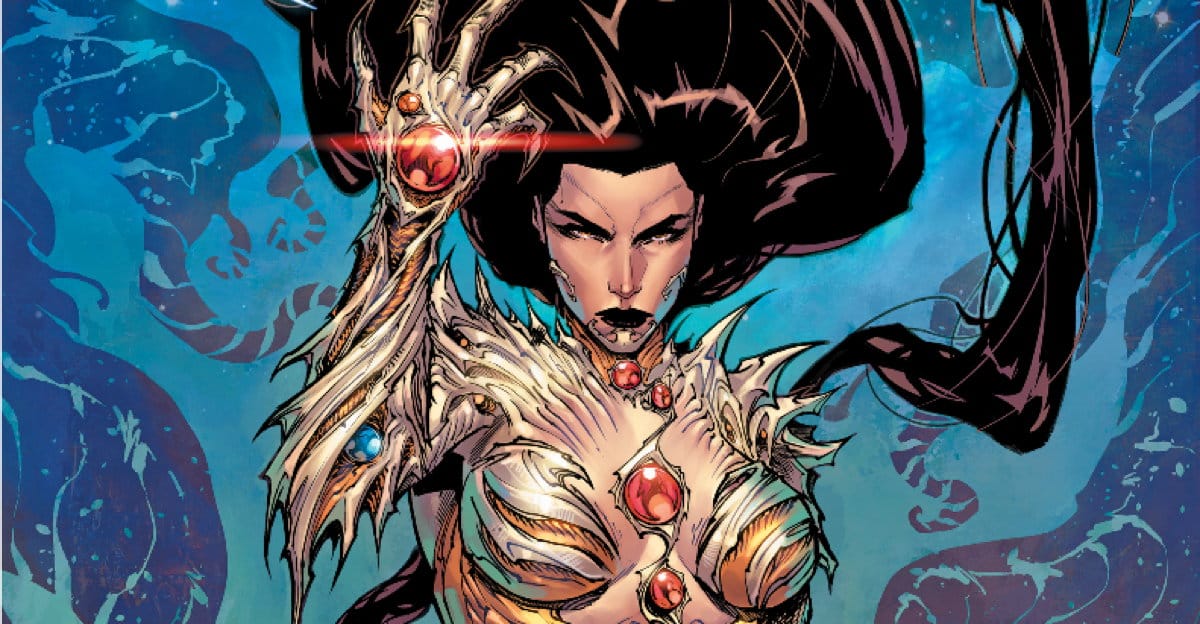In 2011 writer-artist Ray Fawkes released One Soul, a highly ambitious work that told multiple narratives near simultaneously. For each double page readers concurrently followed the lifetimes of eighteen individuals across different time periods and places via the smart utilisation of the classic nine-panel grid. It was an experiment that paid off critically, and Fawkes would revisit the concept twice more – in 2014’s The People Inside and, most recently, with One Line.
While Fawkes may be better known in the monthly crowd for his past writing work on DC titles Justice League Dark, Batman and Constantine, in One Soul and its related works he was able to fully utilize his role as sole author – being both writer and artist and creatively in control – to make a comic that only he could envision.
With the release of One Line and this being the tenth anniversary year of the book that started it all, Oni-Lion Forge are publishing new editions of One Soul (out now) and The People Inside (coming in November).
In the spirit of retrospection, The Beat was able to discuss this anniversary year, the process of producing such experimental work, and more with Fawkes’ himself.
DEAN SIMONS: It has been a decade since the release of One Soul, looking back – what stands out about the period you worked on the book; how you were at the time both personally and as a creative; and the initial approaches you took to achieve your vision?
RAY FAWKES: To be perfectly honest, I was in despair at the time. I’d experienced an unforeseen and traumatic personal loss and at the same time I was beginning to doubt the creative possibilities of the business of comics. I think that darkness helped me, in a way – it made me not only ask the questions that formed the basis of One Soul, but it also put me in a place where I felt the only way to break out was to do something outrageously ambitious with the form. It’s not hard to see, looking back, how ingrained my feeling of desperate sadness was in that book.
SIMONS: Where did the idea to produce a work in such a unique 18 panel-18 narrative style come from? Had you been toying with it in your earlier work?
FAWKES: Formalistically speaking, the 9-panel grid is one of the underpinnings of a traditional North American comic book page. As I began to generate the concept of the simultaneous stories, I tried a few different traditional grids – six panel, eight panel – and settled on the 9-panel one because I felt that was about as far as I could push the simultaneous storytelling and still maintain a bit of space for the art in each individual story.
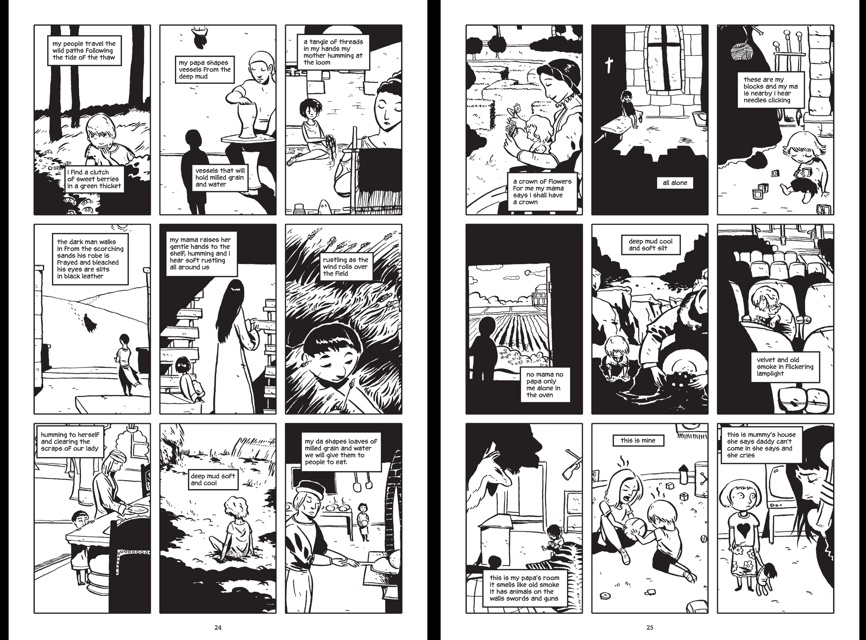
SIMONS: How do you plan such an undertaking? Do you just work on each narrative separately and then try and connect the through-lines later? How do you manage to keep the multiple narratives coherent and consistent independently and as a near-simultaneous broader whole?
FAWKES: The simple answer? A whole lot of note-cards and a clear space on the floor of my studio to lay them all out on, so I can look at them all at once. I have to work on all of the narratives at the same time, because they all interlink poetically, reflecting and building off of each other. As worked, I had to build them individually and cross back and forth between them all the time, making sure that I was telling the overall story I wanted to tell in the way I wanted to tell it. There was a lot of moving things around, a lot of cutting away pieces I liked but didn’t contribute to the overall shape of the story the way I wanted, and a lot of thinking on more than one track at once.
It seems like it’d be overwhelming but it wasn’t, not really. It was a lot of work but I figured if it wasn’t too much to keep it all straight in my head, it wouldn’t be too much for readers on the page.
SIMONS: You include diverse peoples, lifestyles, times and backgrounds, what is your research process? Do you engage in periods of intense research?
FAWKES: My research process involves a ton of reading. Archaeology articles, biographies, philosophy texts, newspaper articles – whatever I could get my hands on. The research was intense, yeah – I’d hit the reference library with a list that said things like “Imperial Egyptian Army, American Revolution, Plague Doctors, Nineteenth century French fashion, ancient silk making process, etc etc” and hit the ground running.
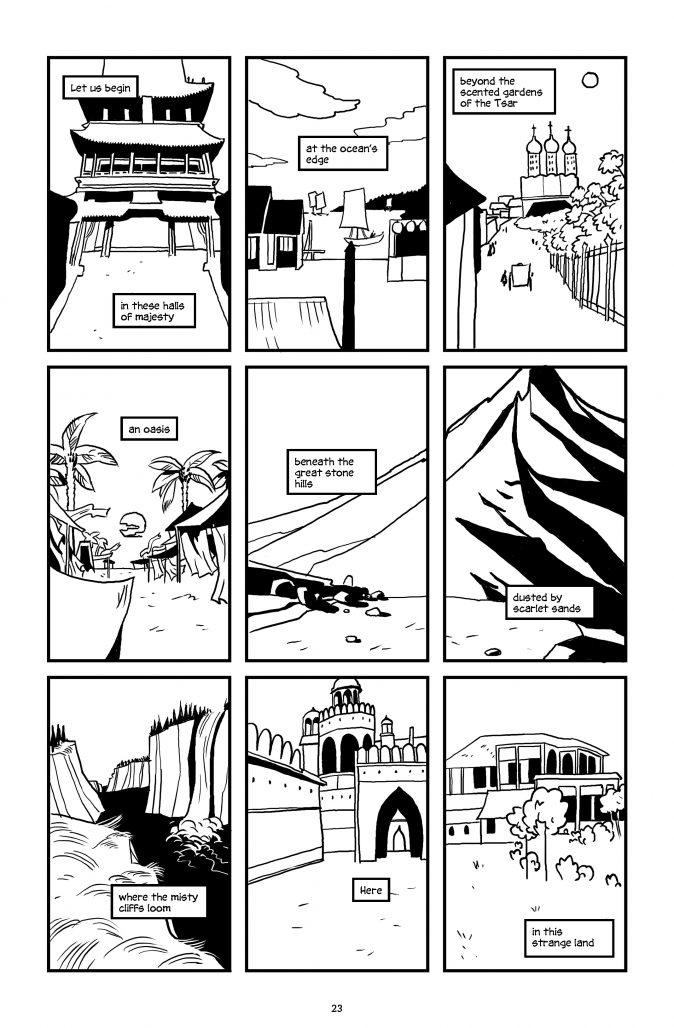
SIMONS: The multiple narrative style seems like an incredibly intensive task to manage once, you immediately re-approached it with The People Inside (released in 2014), and again with the release of One Line this year. What keeps you doing it? And why did you return to it years later with One Line? Was there a particular idea that begged to be told in the same style?
FAWKES: Once I’d done it the first time and discovered that it worked and told the story I wanted to tell, it became like a language for me – and I found myself thinking about it, wondering if there was more I could do with it. If ambition was baked into the creation of One Soul, I guess you could say that The People Inside and One Line represent the fact that I felt, after the book was done, that there was more I could aspire to along those lines.
There’s another element to it, I have to admit. After One Soul was done – it was such an all-consuming experience that leaving it behind meant I started to miss it. Each of the subsequent volumes has involved a similar level of absorption for me, creatively, and a similar level of experimentation that had me wondering if it would work at all. It’s a heady feeling.
SIMONS: The shift from independent lives and lifetimes in One Soul to relationships and dependent people and panels in The People Inside is an interesting one. Was the planning different? Where did the idea come from? How did you feel while working on it?
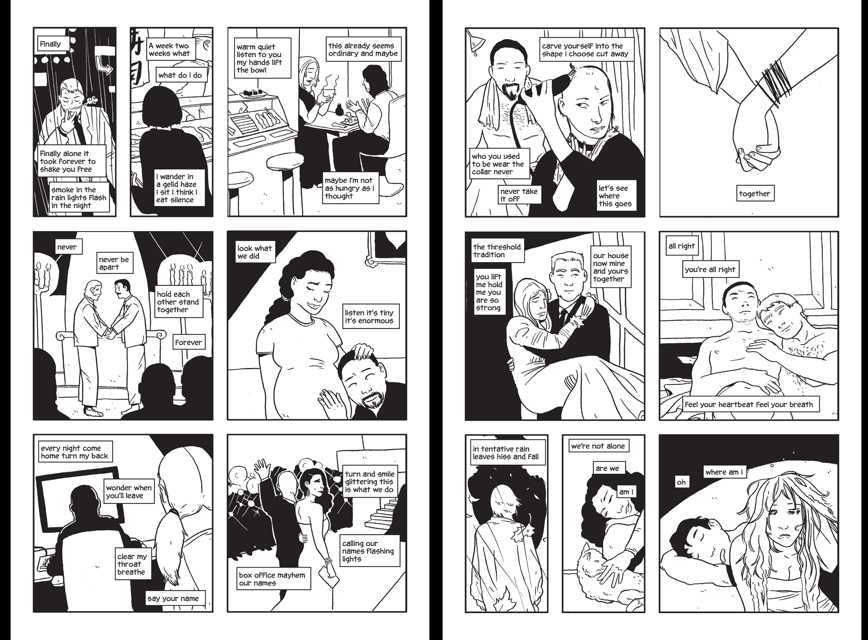
FAWKES: The idea to explore relationships between people was one that I’d originally conceived of for One Soul and then discarded because it seemed to both limit the narrative (because the characters relating to one another had to be contemporaries, which cut down on the number of time periods I could include in the book) and complicate it (because the idea of One Soul was to explore the concept of an individual life amongst billions).
So it became a whole book on its own. Personally, I felt a lot better when I was working on The People Inside – though some readers say it’s much sadder than One Soul. I’m not sure I agree.
SIMONS: Dealing with birth and death in the work for so many characters, do you personally dwell much on the subjects – and what perhaps makes a fulfilling life?
FAWKES: I dwell on the subject of life and death, and what makes a fulfilling life, every day. I can’t help myself. I think it affects every piece I write, and the more I get to talk about it, in one way or another, the more I feel like I’m doing my job.
SIMONS: Do you feel satisfied with the way that the books have subsequently been received and interpreted by readers? Do you hope to see others emulate the style?
FAWKES: I’m very happy with the reception of the books, and I always love it when I hear that they touched a reader in some way, or made them think. I do believe that a work of art, once released into the world, is no longer bound by the artist’s intention, and its success relies entirely on the way it is read. The readers of One Soul, The People Inside, and One Line have given the books such consideration and shown me such appreciation that I can’t help but be happy.
I’ve seen a couple of authors emulate the style out there in the wild, and I’ll confess, the feeling is strange. On the one hand, it’s a compliment of the highest degree. On the other hand, the creation of those books was a poetic experiment meant to push the boundaries of the form – I’d much rather see authors experiment in their own ways, with their own voices.
SIMONS: Has your process changed in the decade since the release of One Soul – both with the multiple narrative approach and as a writer-artist on your other work? Has it gotten simpler?
FAWKES: No, it’s never gotten simpler. It’s always difficult, it’s always strange, and it’s always making a mess of my studio. I’m never happy working unless I’m obsessively thinking of several threads at once and seeing if I can make them come together in a way that feels, or at least looks, like serendipity.
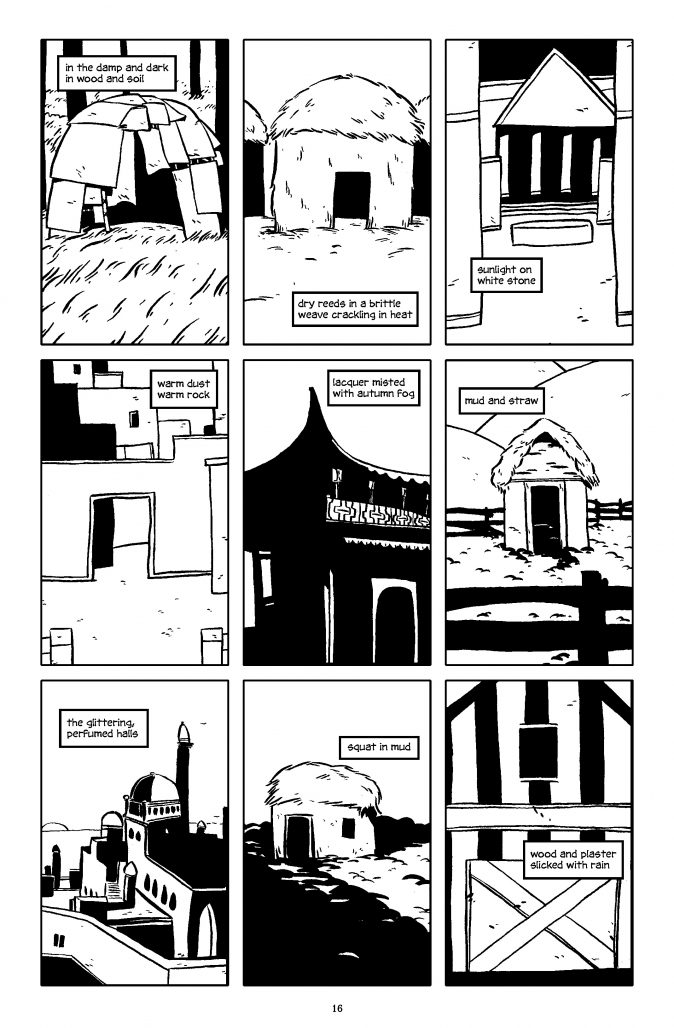
SIMONS: The way that One Line concludes is a departure from how you ended One Soul and The People Inside. Was this ending always planned to break from your established convention? What do you hope readers to take away from it over the previous books?
FAWKES: Yes, the ending was always planned to be a stylistic break – or rather, a kind of underline, using the panels on the page as a way to tell the story in a way that could never be told in anything but comics – one of my goals with all three of these books. I knew the ending was going to work when I told it to Shawna [Gore], my editor, and saw how she reacted to it.
I am careful with my hopes for readers’ reactions to my books. I’d like to say: I hope it communicates something to them, something they appreciate, and it inspires them in some way.
SIMONS: You are one of a handful of professionals in the industry who still works both as a sole creator (writer and artist) and as a writer working with an artist, how do the roles compare to you? Do you enter completely different frames of mind or adapt the same creative impulses to your collaborator?
FAWKES: Although it’s much more work, it’s much, much simpler for me to work alone. I love seeing how an artist interprets my scripts, but I have come to hate, truly hate, the logistics of working with all but the most familiar collaborators.
On a more esoteric level, it’s absolutely a different frame of mind working alone- ideas can be vague, they can mutate, they can stew – in a way that they can’t when I need to solidify something and pass it on to the other people in the room. That has its pros and cons.
SIMONS: Do you plan to continue the multiple narrative style again in future or is One Line the de facto end of a trilogy of works?
FAWKES: I think I can safely say I’m done with this style for the foreseeable future. I’ve done what I wanted to do with this language, so to speak, and I think there are others I’d like to explore. A trilogy is a nice way to wrap it all up, I think.
Published by Oni-Lion Forge, the tenth anniversary editions of One Line and One Soul are out now in all fine book and comic shops. The new edition of The People Inside will be out in November.



